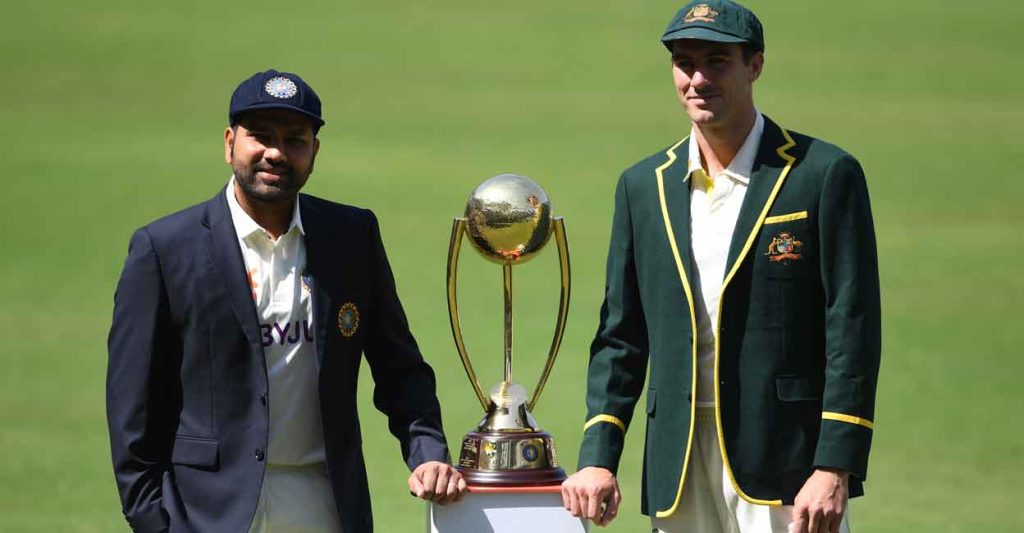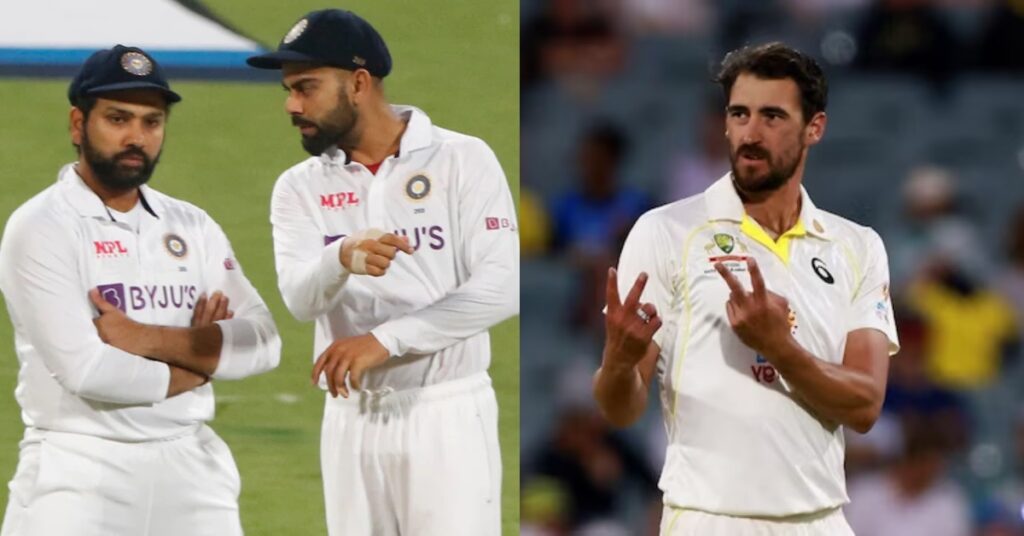The International Cricket Council (ICC) has made a significant, and a welcome change in cricket’s playing conditions by scrapping the ‘Soft Signal’ rule. This new rule change will come under effect from June 1 in all international cricket matches, starting from the WTC Final between India and Australia from June 7 at The Oval.
Over the past few years, the soft signal has been one of the most controversial and debated aspects of the game. And, finally, the ICC has decided to get rid of it and put all responsibility in the hands of the third umpire.
According to a report in Cricbuzz, this change which is approved by the Sourav Ganguly-headed cricket committee of the ICC has been informed to both the WTC finalists – India and Australia.

Earlier this year, Ben Stokes had criticized this Soft Signal rule. “ICC should get rid of the soft signal and let the 3rd umpire who has all the technology make the decision when the on-field umpires send it upstairs, all the controversy is always around the soft signal given. This isn’t a comment on the decision FYI (sic),” England’s Test captain had said.
What is Soft Signal?
According to the ICC rules
“Soft Signal is the visual communication by the bowler’s end umpire to the third umpire of his/her initial on-field decision prior to initiating an Umpire Review.”
“Should both on-field umpires require assistance from the third umpire to make a decision, the bowler’s end umpire shall firstly take a decision on-field after consulting with the striker’s end umpire, before consulting by two-way radio with the third umpire. Such consultation shall be initiated by the bowler’s end umpire to the third umpire by making the shape of a TV screen with his/her hands, followed by a Soft Signal of Out or Not out made with the hands close to the chest at chest height. If the third umpire advises that the replay evidence is inconclusive, the on-field decision communicated at the start of the consultation process shall stand.”
Basically, suppose, in instances of doubtful catches, the on-field umpire gives a soft signal of either out or not out – which is generally influenced by the strength of the celebration from the fielder. Then, if the third umpire cannot find conclusive evidence to overturn the on-field call, the on-field stays.
The rule change means the third umpire will have the final say on doubtful catches.

